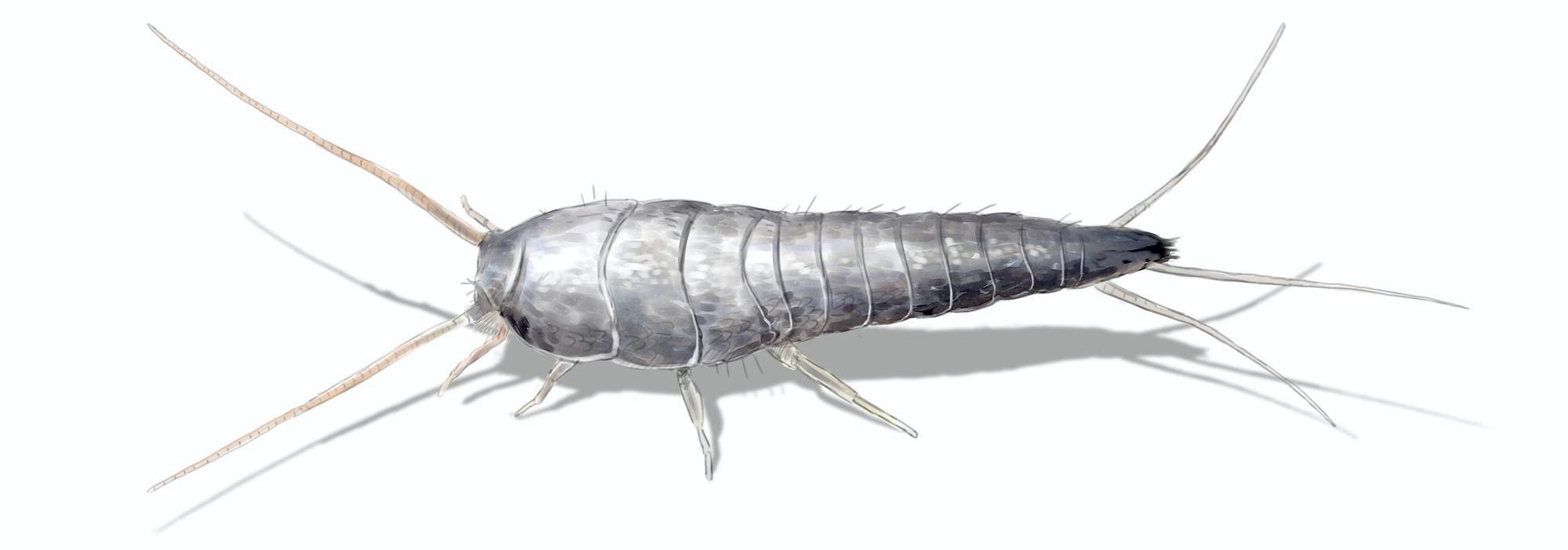Silverfish Control

Silverfish are small insects that belong to the order Zygentoma. They are characterized by their silver or gray color, elongated bodies, and unique movements which resemble that of a fish. While they may seem harmless at first glance, silverfish infestations can cause a wide range of issues in various environments. This comprehensive guide will delve into the reasons why silverfish are considered pests, as well as the methods and techniques employed by pest control companies to effectively eliminate these nuisances from residential and commercial spaces.
Understanding Silverfish: What Makes Them Pests?
Damaging Property and Belongings
One of the primary reasons why silverfish are considered as pests is due to their feeding habits. Silverfish primarily consume polysaccharides, which are complex carbohydrates found in various materials such as paper, cardboard, books, wallpaper, and even textiles. As a result, silverfish infestations can lead to extensive damage to personal belongings and the property itself. This includes damaged books, wallpaper, and clothing, all of which can be costly to replace or repair.
Health Concerns
Though silverfish are not known to transmit diseases directly, their presence can cause certain health concerns. Silverfish infestations can exacerbate allergies and asthma, as their droppings and debris are known allergens. Furthermore, silverfish are notorious for contaminating food sources, leading to potential health issues if these contaminated food items are consumed.
Attracting Other Pests
Silverfish infestations may attract other, more harmful pests into the property as well. For example, certain species of spiders, centipedes, and even cockroaches are known to prey on silverfish, potentially leading to a secondary infestation of these more harmful pests.
Identifying and Assessing Silverfish Infestations
Before attempting to remediate a silverfish infestation, it is critical to properly identify and assess the extent of the problem. This section will provide guidance on how to recognize the signs of a silverfish infestation and evaluate the severity of the situation.
Signs of Infestation
There are several telltale signs that indicate the presence of a silverfish infestation. These include:
- Visible sightings of silverfish in the property, particularly in dark and damp areas such as basements, attics, and crawlspaces
- Presence of small, irregular holes in paper materials, books, and textiles
- Yellow stains, fecal pellets, or scales left behind by silverfish on infested materials
- Cast skins or molted exoskeletons scattered around the infested area
Assessing the Severity
The severity of a silverfish infestation can be gauged by the frequency of sightings, the extent of the damage caused to materials, and the number of locations where signs of infestation are present. A more severe infestation will likely require the intervention of a professional pest control company near you to effectively eliminate the pests and prevent recurrence.
Methods and Techniques Employed by Pest Control Experts
Pest control experts employ a variety of methods and techniques to effectively eliminate silverfish infestations. This section will outline some of the most common approaches taken by these experts to resolve the issue.
Inspection and Monitoring
A thorough inspection of the infested property is the first step in any professional silverfish control plan. Pest control experts will assess the extent of the infestation, identify potential entry points, and determine the most suitable treatment options based on their findings. Monitoring devices, such as sticky traps, may also be installed to gauge the population of silverfish and evaluate the effectiveness of the treatment plan.
Insecticide Treatments
Pest control professionals may apply targeted insecticide treatments to eliminate the silverfish population. This may include the application of residual sprays, dusts, or baits to infested areas. These treatments not only kill silverfish on contact but also provide ongoing residual control to prevent reinfestation.
Structural Modifications
In some cases, structural modifications may be necessary to prevent future silverfish infestations. Pest control experts may recommend sealing cracks and crevices, installing door sweeps, or improving ventilation systems to reduce moisture and humidity levels within the property.


























